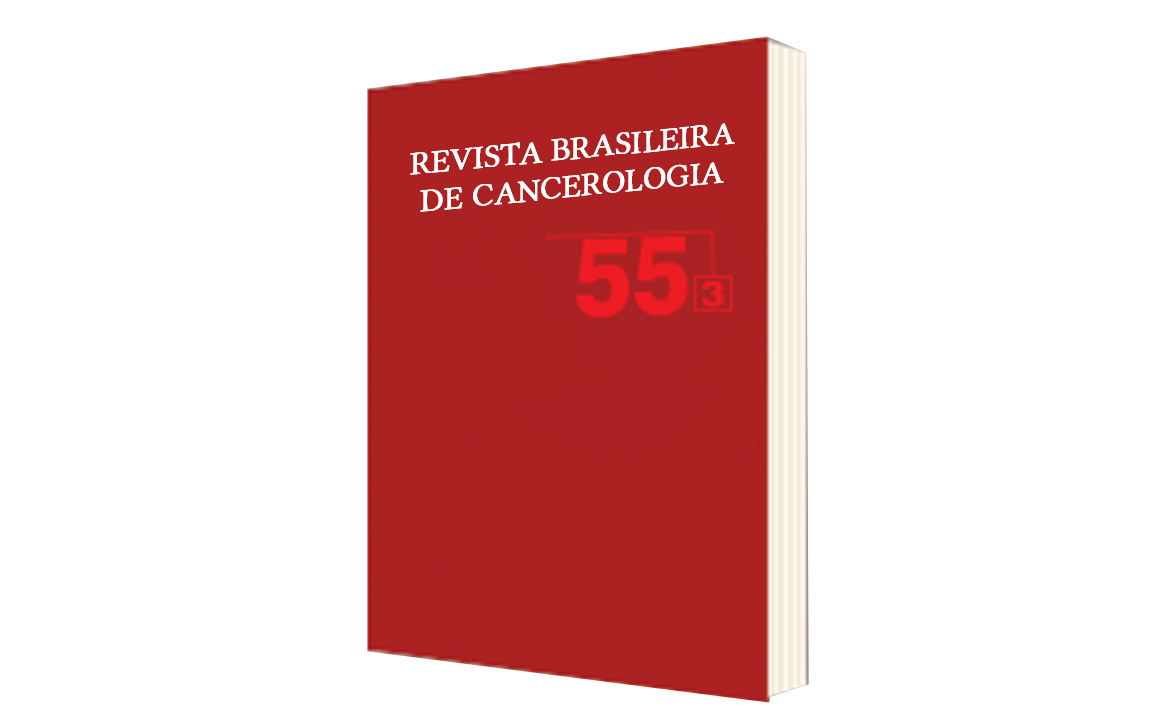Evaluation of Uterine Cervical Cancer Screening Indicators in the Amazonas, North of Brazil, from 2001 to 2005
DOI:
https://doi.org/10.32635/2176-9745.RBC.2009v55n3.1609Keywords:
Uterine Cervical Neoplasms, Mass Screening, Indicators, Epidemiology, Descriptive, Amazonas StateAbstract
The study aimed to evaluate the uterine cervical cancer screening indicators in the Amazonas, Brazil, from 2001 to 2005. It was a descriptive study, with ecological and time-based analysis of the methods used by the program, using IBGE and SISCOLO/DATASUS as database. The data were stored at software Excel and analyzed at Software Epi-Info. The target-population coverage rate proportion varied from 75.78% to 78.07%; the first time exams fulfillment oscillated from 8.89% to 27.17%. Results considered within normality were 1.86% in 2001 and 2.23% in 2005; atypical cells varied between 5.13% and 1.00% and unsatisfactory samples varied between 4.3% and 3.45%. The ratio between low grade-Cervical Intraepithelial Neoplasia (CIN) and high grade-CIN scored 8.17 and 6.83. The target-population exams concentration rate has scored similarly to the national standard, though it is still below developed countries standards. The percentage of population who informed being examined for the first time has kept stable; however, a reduction in the number of answers "does not know" and an increase in the number of positive answers for previous examination imply a good performance of the program accessibility and information. Mass screening indicators showed elevation of normality-edge exams and atypical cells reduction. The ratio between low grade-CIN and high grade-CIN showed a tendency to decrease, pointing out a low grade-SIL decrease and high grade-CIN stability, demonstrating that measures are necessary to change the precursory lesions profile.









